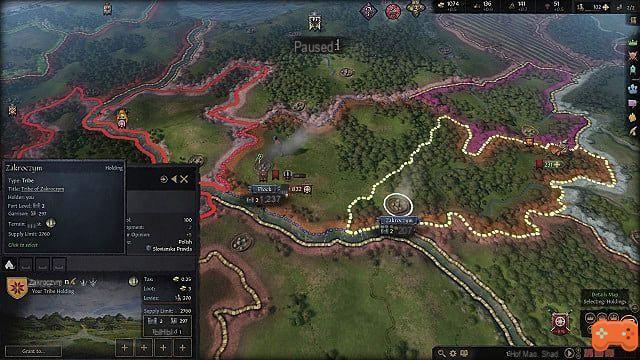
Screenshot by Creamofgames
Whether you're returning to WoW Classic for some nostalgic dungeon grinding or you're a newbie, getting into professions can be somewhat overwhelming at first. However, once you get used to how everything works, it becomes second nature when Here's Your Guide to Leatherworking in WoW Classic.
 Screenshot by Creamofgames
Screenshot by Creamofgames
Your first order of business when getting into leatherworking is to find your trainers, who will be different from town to town but will always be graded (as seen above), and learn the craft of leatherworker with them. You will greatly benefit from choosing skinning as a secondary profession. Instead of hoping for leather to drop from enemies or buying it from vendors, you'll have the ability to produce your own leather while questing by skinning fallen beast-type enemies. However, simply learning the skinning profession will not give you the ability to skin immediately.
Your next step will be to start searching or hunting. If you have or find a quest that involves killing a group of beasts, it will usually lead you to a rich hunting ground, and you'll get a good chunk of XP after handing in the quest. Wait a bit after killing a beast and the option to skin it will appear, which will earn you skill points for your skinning profession and some scraps of leather, the quality of which will differ depending on the level of the beast.
Related: All WoW Classic Zones By Level
 Screenshot by Creamofgames
Screenshot by Creamofgames
After compiling a stockpile of resources, find a safe place to craft leather goods. Open your grimoire, click on the Leatherworking tab and bring up your Leatherworking menu (as seen above). If you're just looking to level up and not do something specific, find the recipe that uses the least amount of resources (located in the lower half of the Leatherworking menu) and do as much of it as you can. If you need dyes, yarns, or salt for higher tier recipes, you'll be able to find most things from your leather goods supplier. You'll know what type of skill you'll get from each item by looking at the color of the words: orange is a guaranteed skill, yellow is a likely skill, green is possible but unlikely, and gray will yield nothing.
Although the recipes differ and become more complex as you progress, the cycle of hunting, skinning, and crafting leather items will remain the same. Always keep your eyes peeled for the beasts to hunt and skin, and be sure to craft often – repeat this cycle and you'll find yourself at level 300 in no time.
For more on WoW Classic, check out WoW Classic: Best Professions Guide - Best Jobs for PvP or PvE! and stay tuned to Creamofgames to discover your favorite games!


























